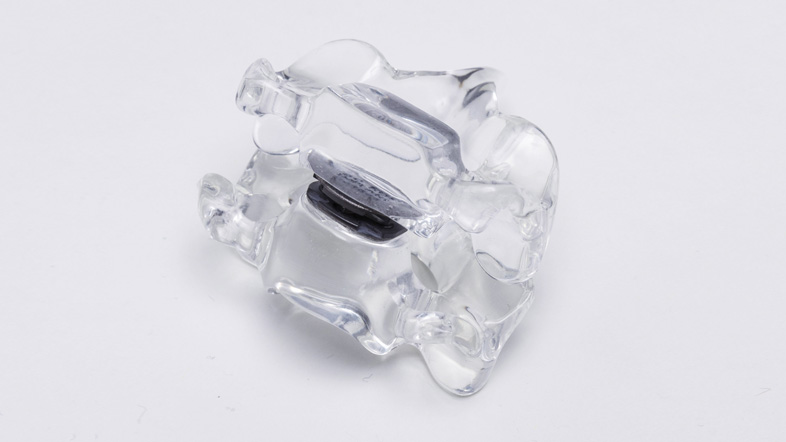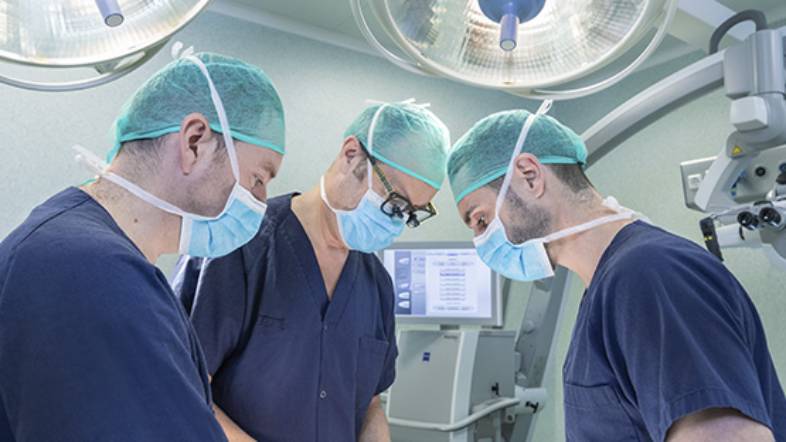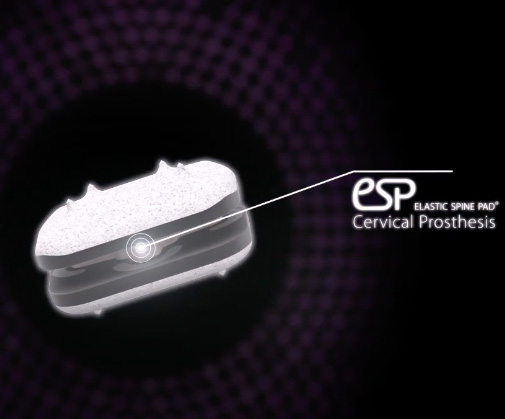Through experience and advances in innovation in recent years, the procedure for artificial disc replacement surgery has improved markedly, making it the best option for those patients with cervical or lumbar degenerative disc disease.
The prostheses that are used today are highly resistant to wear and have a biomechanical behavior very similar to that of the natural spinal disc. This means safer surgeries with better clinical results. Find out more about the types of surgery and the surgical process below.
TYPES OF ARTIFICIAL DISC REPLACEMENT
Disc nucleus replacement
Replacement of the disc nucleus is not possible in the case of cervical discs due to their size, and based on complications and the clinical results observed in the various studies that have been carried out over the years.
In the late 90's and in the first decade of the 2000s, various proposals and designs of artificial lumbar disc nucleus implants were released.
In 2007, some of the doctors at Instituto Clavel participated in a multicenter study called Custom Implantable Medical Devices along with several European technology centers. We thought that if we were able to design a customizable disc nucleus prosthesis, there would be fewer cases of extrusion and subsidence, which are problems inherent in this type of prosthesis.
To do this, we searched for what could be the best possible material: a polyurethane with characteristics very similar to the lumbar disc. However, there turned out to be several difficulties when it came to implanting it, and undoubtedly there would have been other complications due to the fact that the nucleus is not the only source of pain.
For this reason, and despite the attractiveness of the idea of replacing only the disc nucleus, at Instituto Clavel we believe that the recommended surgery in cases of cervical and lumbar degenerative disc disease is the total (or almost total) replacement of the disc.
Total disc replacement
With total disc replacement (or almost total in some cases), we achieve the elimination of all the pain-causing agents: the degenerated nucleus, the degenerated and fissured ring, the synovertebral nerve endings and the degenerated endplate.
When this is done, the clinical result is usually very satisfactory, with good long term results in greater than 95% of cases. In addition, we are able to conserve the joint mobility.
Despite the fact that the medical advice of many surgeons continues to consider arthrodesis or spinal fusion as the surgery of choice, at Instituto Clavel we consider ADR to be the best option in cases of disc degeneration due to the advantages it presents and given the improvement in designs and materials that have taken place in recent years.








